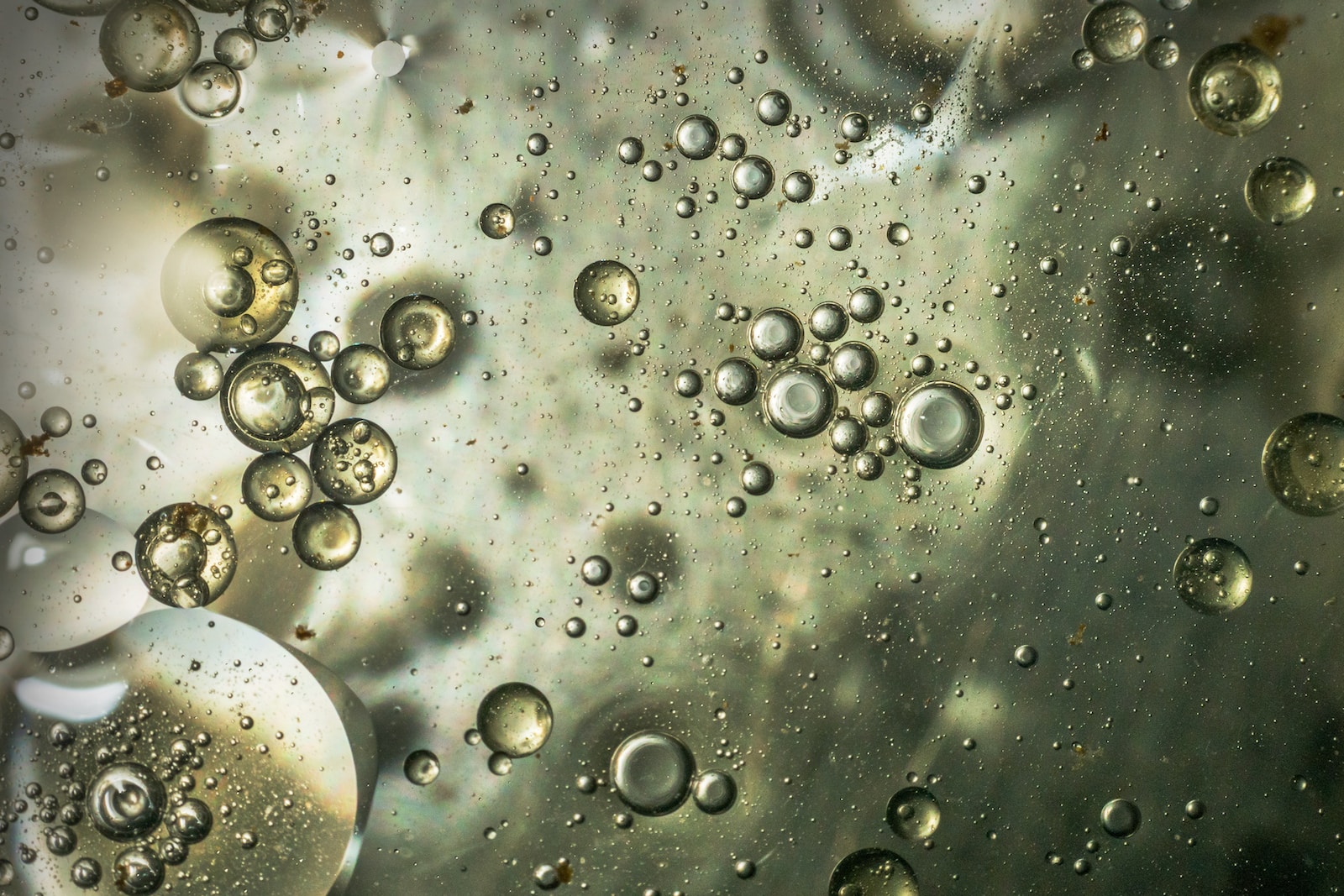Table of Contents
ToggleUnderstanding Forever Chemicals and Their Widespread Presence
Forever chemicals, also known as PFAS (per- and poly-fluoroalkyl substances), are synthetic compounds used in various consumer products, including nonstick pans, food packaging, carpets, and firefighting foams. These chemicals are extremely persistent in the environment, earning them the name “forever chemicals.” Unfortunately, they have become pervasive and can contaminate our drinking water sources.
Unveiling the Contamination: Exploring the Interactive Map
To determine if your tap water contains PFAS, you can use an interactive map created by the nonprofit Environmental Working Group (EWG). The map utilizes official records and data from public drinking water systems to display PFAS contamination levels. The advised maximum concentration level for PFAS in drinking water is 4 parts per trillion (PPT). By using the map, you can identify areas where PFAS levels exceed this threshold.
It’s essential to note that the data used for the map is based on a single point in time and may not reflect recent changes or treatment efforts in water systems. Regular monitoring and updates are crucial to ensure accurate information.
Hotspots of Contamination: Cities and Regions at Risk
The US Geological Survey (USGS) has identified several areas with significant PFAS contamination. Sample sites where PFAS levels were found to be above 65 PPT include Ocala, Florida; Lake Carmel and Mashpee, New York; Hastings, Woodbury, and Ramsey in Minnesota; Isabel, South Dakota; Boulder, Colorado; and Galena, Alaska.
Additionally, sample sites within the 12-65 PPT range were discovered in Grass Valley and Fresno, California; Los Angeles; Lakewood, Colorado; Oak Park, Illinois; Chicago; Keswick, Michigan; Boger City, North Carolina; Philadelphia, and more. Regions with higher PFAS exposure tend to be near urban areas and potential chemical sources, such as the Great Plains, Great Lakes, Eastern Seaboard, and Central/Southern California.
Health Risks and Long-term Implications
Exposure to PFAS has been linked to various health problems, including liver and immune-system damage, as well as some types of cancer. Studies on lab animals have shown potential connections between PFAS chemicals and kidney and testicular cancers, high blood pressure, and low birth weight in humans.
It’s important to note that the complete extent of the health risks associated with PFAS exposure is still being researched. However, the potential dangers emphasize the need for precautionary measures to reduce exposure.
Regulatory Efforts and Proposed Drinking Water Limits
To address the issue of PFAS contamination in drinking water, the US Environmental Protection Agency (EPA) has proposed the first federal drinking water limits on six forms of PFAS. These limits aim to protect public health and set guidelines for acceptable PFAS levels in drinking water. Final decisions on these proposed limits are expected later this year or in 2024.
Implementing stricter regulations on PFAS is crucial for preventing further contamination and ensuring the safety of our drinking water sources.
Protecting Yourself and Your Family: Practical Tips
While regulatory efforts are essential, there are steps you can take to protect yourself and your family from PFAS exposure:
- Install water filters: Consider using water filters certified to remove PFAS from your tap water.
- Seek alternative water sources: If you live in an area with high PFAS contamination, explore alternative sources of water, such as bottled water or water delivery services.
- Stay informed: Regularly check the interactive map and stay updated on local water quality reports.
- Support stronger regulations: Participate in local community efforts and advocacy groups that work towards stronger regulations and cleaner drinking water.
Staying Informed and Taking Action
To stay informed about PFAS and water quality issues, utilize resources provided by organizations such as the Environmental Working Group (EWG), the USGS, and the EPA. These sources offer valuable information, research findings, and guidance on how to protect yourself and advocate for safer drinking water.
Remember that individual actions, along with collective efforts, can drive positive change and contribute to a safer and cleaner water future for all.
Conclusion:
Understanding the presence of forever chemicals in our tap water is crucial for safeguarding our health and well-being. By utilizing the interactive map, staying informed about PFAS contamination levels, and taking practical steps to protect ourselves, we can make informed decisions and play an active role in advocating for cleaner drinking water. Together, we can create a safer and healthier future for ourselves and future generations.







